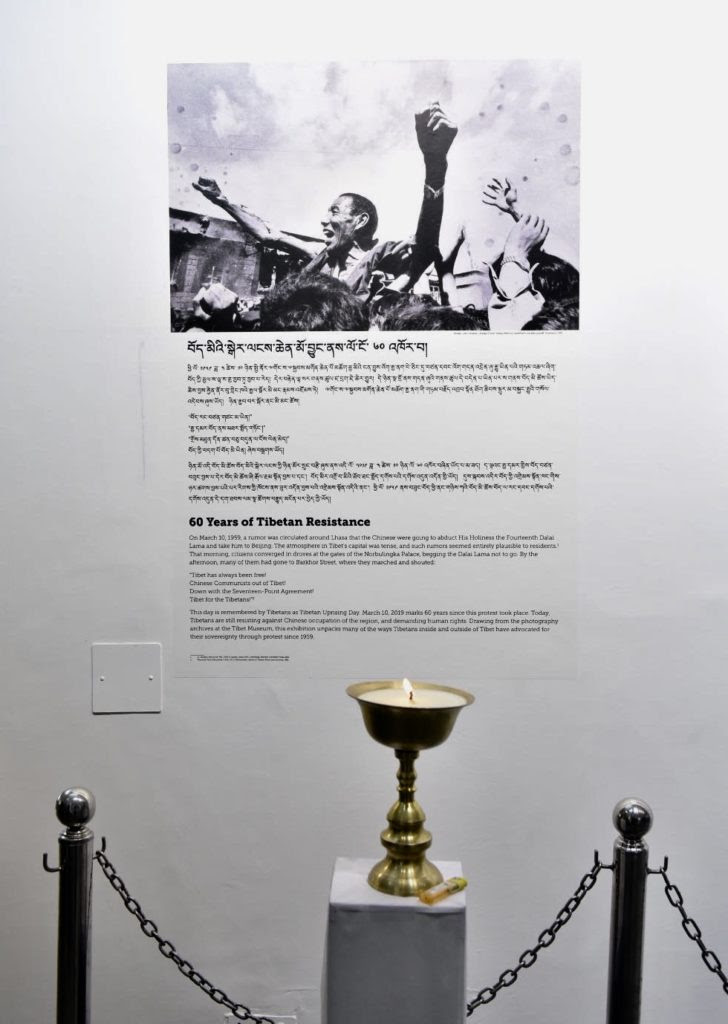

The Department of Information and International Relations is one of the seven main departments under Kashag. It has its origin in Chisee Khang (the Foreign Relations Office), which was re-established in exile in 1959, after the Chinese occupation of Tibet. In March 1969, the international relations section of Chisee Khang was placed under the Bureau of His Holiness the Dalai Lama in New Delhi. However, with the overwhelming demand for Information on Tibet by the International community as well as Tibetans; in understanding political, human rights and environmental consciousness, the Department had started publishing Tibetan Bulletin. Thus, in 1971, the information section was expanded with the inclusion of Sheja Publication and renamed as Information and Publicity Office. On 4 April 1988, the Office was further expanded and the international relations section of the Bureau in Delhi was made a part of it again. It was thus that the Office came to be renamed as the Department of Information and International Relations (DIIR).
The Tibet Museum of Department of Information and International Relations, inaugurated a photo exhibition titled ’60 year of Tibetan Resistance’.
The temporary exhibition is curated jointly by Tibet Museum staff Tenzin Rabjam and Intern Lodoe Tsomo. The exhibition features a factual account of photographs captured since 10 March uprising in 1959.
Finance Kalon Karma Yeshi begin his talk by paying tribute to all those Tibetans who have sacrificed for the cause of Tibet since 1959.
Kalon Karma Yeshi pointed out the important dates on which the mass protests took place since 1959 and reminded the participants to remember their sacrifices.
He recalled the first self-immolation by Tapey, who immolated himself on 27 February 2009. The latest is Dopo, the 153rd Tibetan self-immolator.
He further added that most of the self-immolators were born after 1959 who haven’t seen a free Tibet or received an opportunity to meet His Holiness the Dalai Lama.
“This photo exhibition uncovers the blatant lies and propaganda of the Chinese government,” he said, urging all Tibetans to work in unity for the cause of Tibetan in years ahead.
Before concluding his remarks, he suggested the exhibition materials be digitalised to reach a wider audience in the future.
Secretary Sonam Norbu Dagpo acknowledged Tibet Museum for choosing an appropriate date for hosting the important exhibition. He also shared his views on photography as a powerful tool to inform and galvanize people into action.
The opening remarks of the exhibition were delivered by Tashi Phuntsok, Director of Tibet Museum.
Additional Secretary Chemi Tseyang, Tibetan settlement officer Dawa Rinchen, former political prisoner Lobsang Yonden, Ngawang Woeber and Dawa were present at the event.
The inaugural event followed a panel discussion by former political prisoner Lobsang Yonden, Ngawang Woeber and Human Rights Desk of Department of Information and International Dukthen Kyi.
















